Ipomoea L.
water spinach, kangkong, swamp morning-glory
Convolvulaceae
Anemopsis (rarely confused), Hydrocotyle
cosmopolitancosmopolitan:
(adj) essentially worldwide in distribution
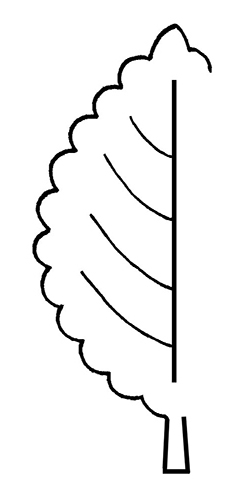 ; warm regions of world
; warm regions of world
Ipomoea aquatica Forssk.
U.S. Federal Noxious Weed: Ipomoea aquatica
Identification: No single diagnostic feature distinguishes Ipomoea aquatica. Rather, a combination of features may help to distinguish it from other, particularly aquatic, species in the genus: With milky sap. Stems hollow, floating when in water, to 3 m long and can be much longer, rooted at nodes. Petioles 3-14 cm long. Leaf blades held erect above water when stems floating, variable in shape, usually narrowly triangular, sagittatesagittate:
(adj) shaped like an arrowheador hastatehastate:
(adj) (of a leaf) with a narrow, pointed lamina with two basal lobes spreading more or less at right angles to the petiole, 4-17 cm long, apexapex:
(n) the point farthest from the point of attachment; the tip (often pointed)pointed; leaf base truncatetruncate:
(adj) terminating abruptly, as if cut straight acrossto broadly sagittatesagittate:
(adj) shaped like an arrowheador hastatehastate:
(adj) (of a leaf) with a narrow, pointed lamina with two basal lobes spreading more or less at right angles to the petiole, basalbasal:
(adj) at or pertaining to the base, or point of attachmentlobes triangular, lobe apices acuteacute:
(adj) tapering to a sharp, pointed apex with more or less straight sides; broader than acuminate; forming an angle of less than 90 degreesor obtuseobtuse:
(adj) with a blunt or rounded apex and sides coming together at an angle of more than 90 degrees, tips acuminateacuminate:
(adj) tapering gradually to a point and forming more or less concave sides. Pedicelspedicel:
(n) the stalk of a single flower in an inflorescence, or of a grass spikelet
and peduncles 2-7 cm long. Sepalsepal:
(n) a member of the outer envelope of a flower (calyx)lobes subequal, +/- 6 mm long. Capsule diameter +/- 8-10 mm.
Europe, Americas
Ipomoea aquatica is a serious weed in numerous crops in over 60 countries around the world and is an aquatic weed on the U.S. federal noxious weed list. Ipomoea fistulosa is also a serious weed in irrigation canals.
creeping stoloniferous plant with petiolatepetiolate:
(adj) relating to or in the form of a petiole; bearing petioles
 leaves arising from widely separated nodes; emergentemergent:
leaves arising from widely separated nodes; emergentemergent:
(adj) (syn. emersed) with parts raised out of the water; extending up out of the water
 or floating
or floating
Perennial. Stem creeping, rooting at each node, thick and spongy when floating. Leaves widely spaced, al ternateternate:
(adj) in threes
 ; petiolepetiole:
; petiolepetiole:
(n) the stalk of a leaf
 elongate; leaf bladeblade:
elongate; leaf bladeblade:
(n) (syn. lamina) the flat, expanded part of a leaf, frond, or petal (excluding, e.g., the petiole)
 cordatecordate:
cordatecordate:
(adj) heart-shaped; in the form of two rounded lobes
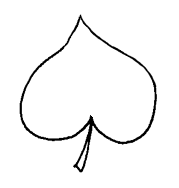 or sagittatesagittate:
or sagittatesagittate:
(adj) shaped like an arrowhead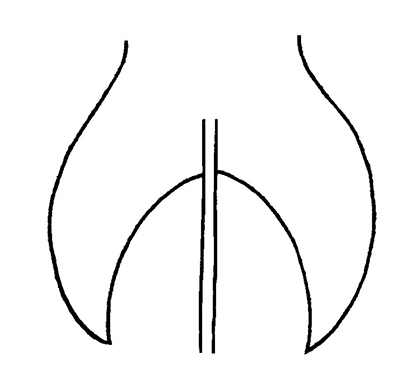 to linear or tri angularangular:
to linear or tri angularangular:
(adj) having projecting longitudinal angles; undulate, but sharply angled rather than gently rounded
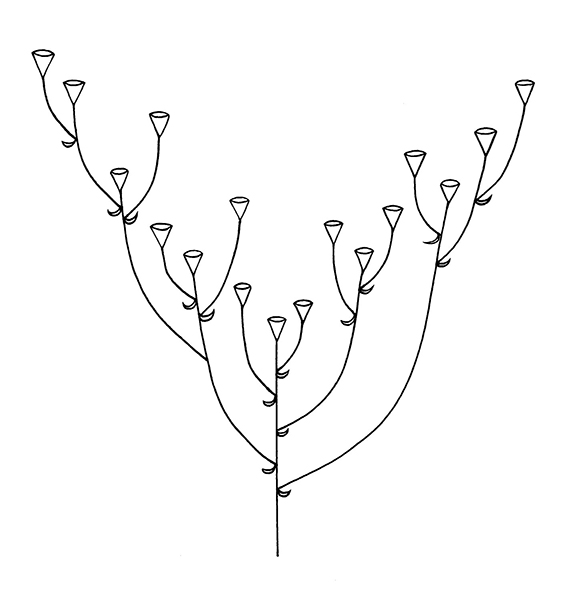 ; marginmargin:
; marginmargin:
(n) edge; rim
 entire. Inflorescenceinflorescence:
entire. Inflorescenceinflorescence:
(n) the arrangement of flowers on the floral axis
 axillary, of one to a few flowers in a cymecyme:
axillary, of one to a few flowers in a cymecyme:
(n) a determinate, usually flat-topped or convex inflorescence in which the terminal flower blooms earliest
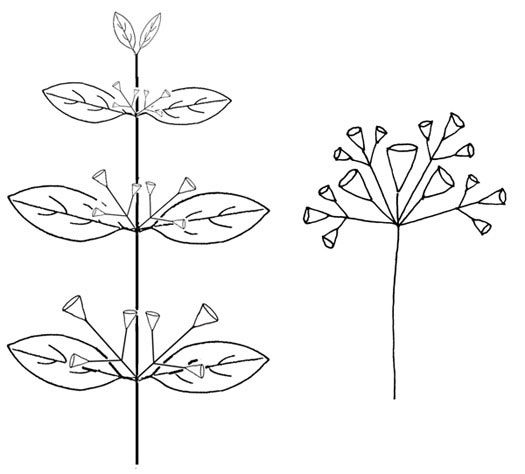 . Sepals 5, green; corollacorolla:
. Sepals 5, green; corollacorolla:
(n) the inner whorl(s) of the perianth; all the petals of a flower
 tubulartubular:
tubulartubular:
(adj) (of a corolla, perianth, calyx tube or other structure) (1) tube-shaped; cylindrical: narrow and elongate with more or less straight sides; (2) having segments fused into a tube (of any shape)
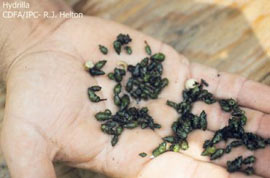 , large, funnel-shaped, lobes 5, color variable, usually white to purple. Fruit a capsule. Dispersal by stem fragments and seeds.
, large, funnel-shaped, lobes 5, color variable, usually white to purple. Fruit a capsule. Dispersal by stem fragments and seeds.
terrestrialterrestrial:
(adj) growing on land as opposed to living in water
 or aquatic, floating or wet ground
or aquatic, floating or wet ground
In this genus consisting of nearly 500 species worldwide, only two species can be considered aquatic. Ipomoea is commonly cultivated for consumption.